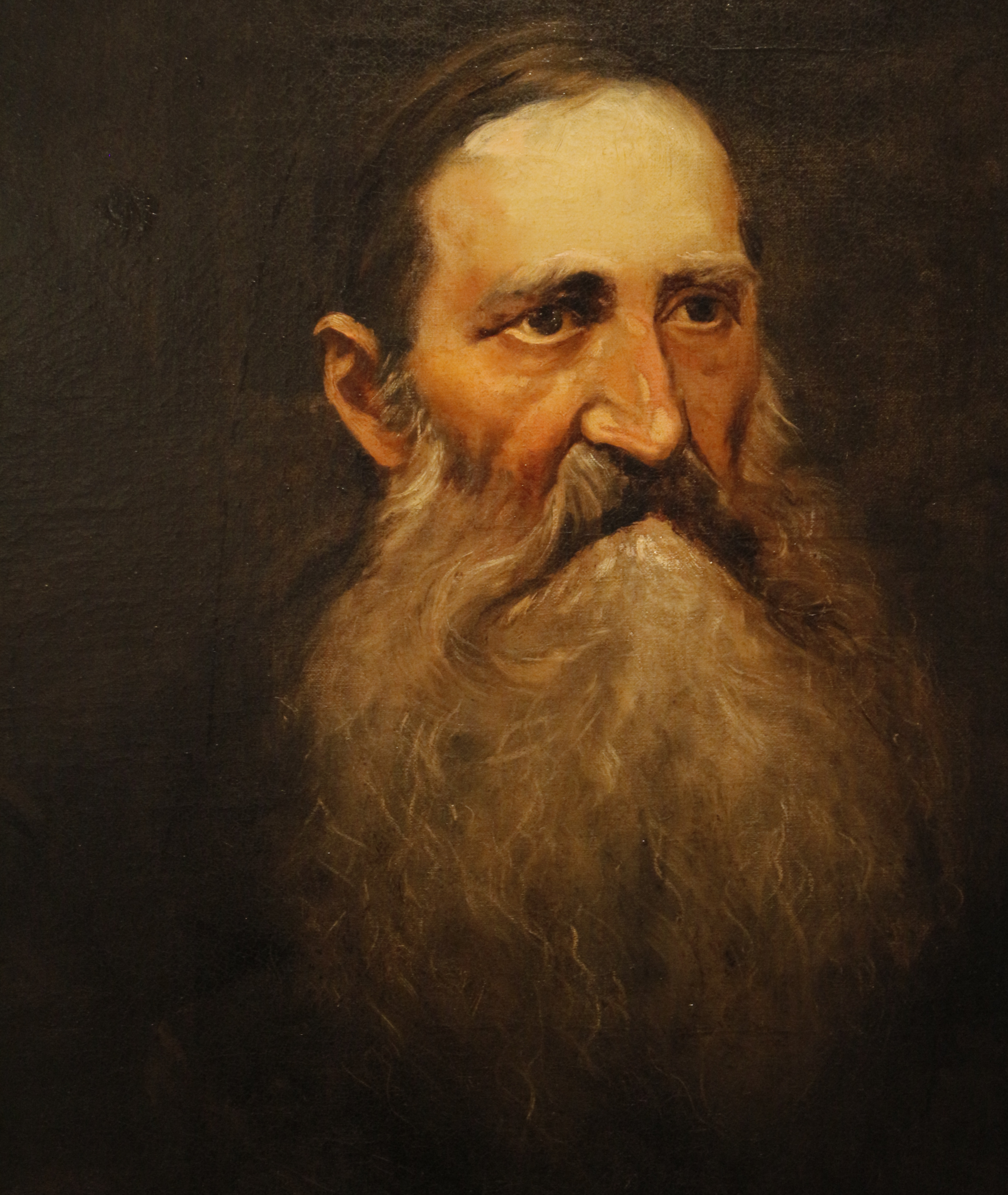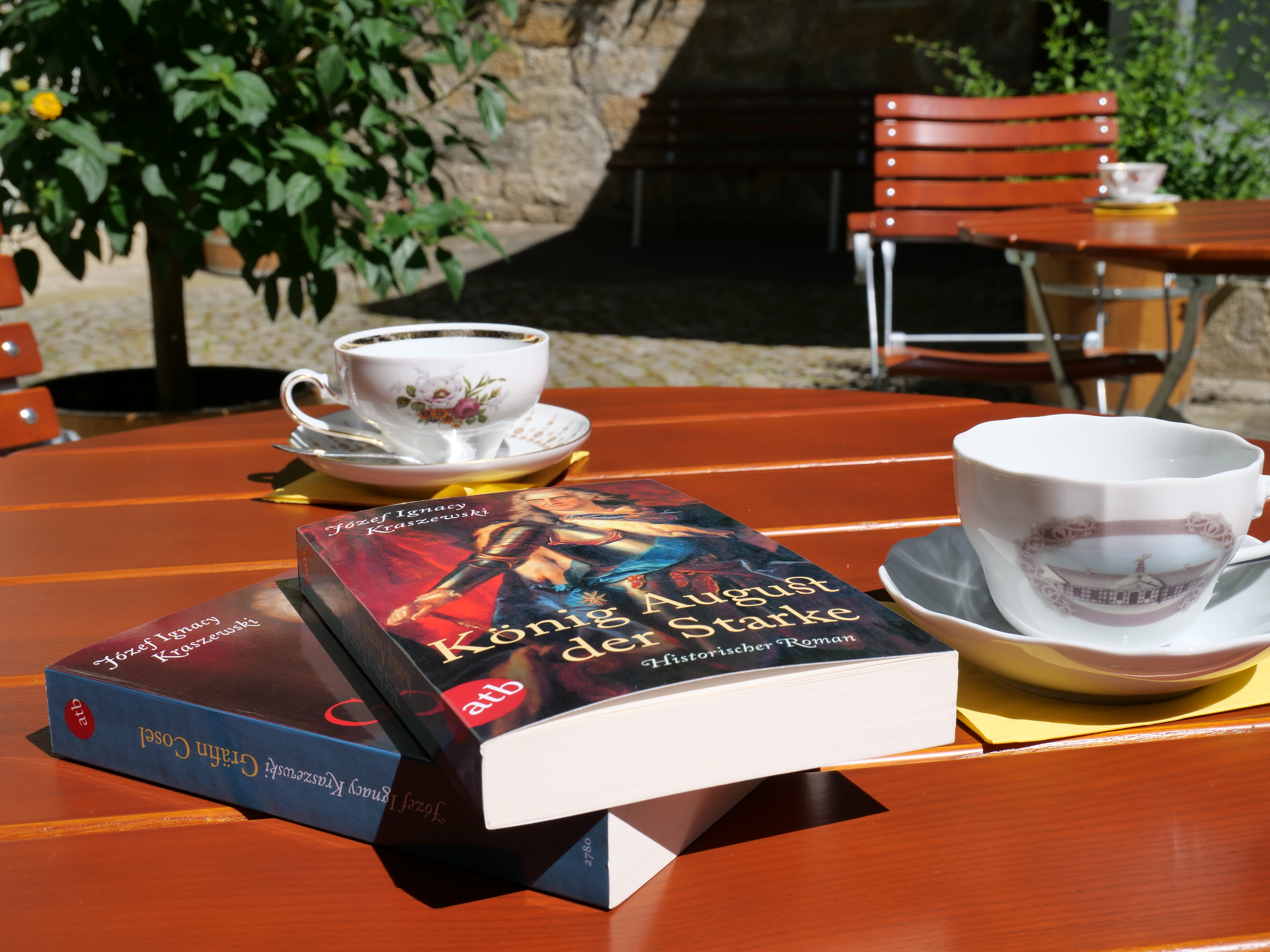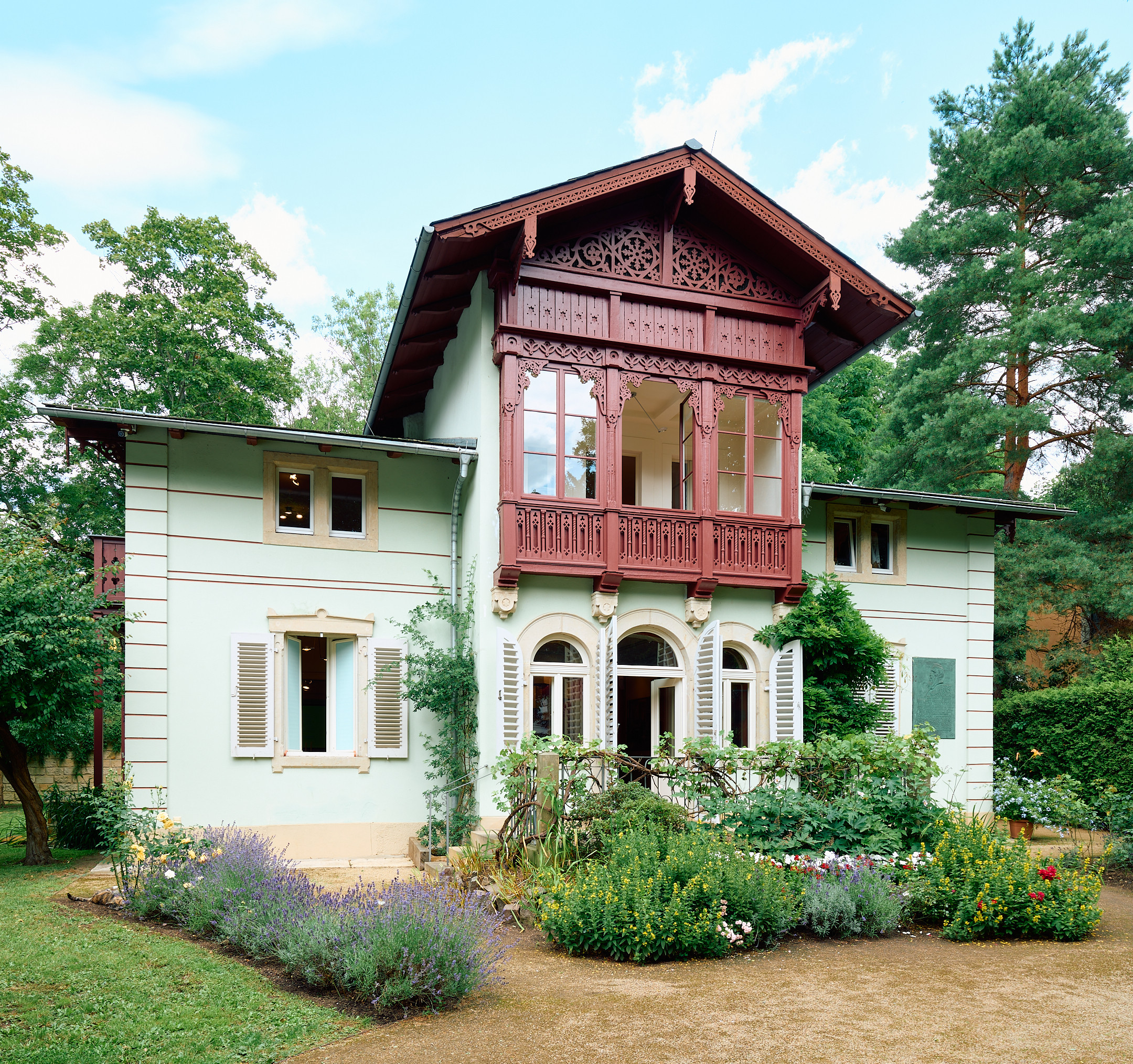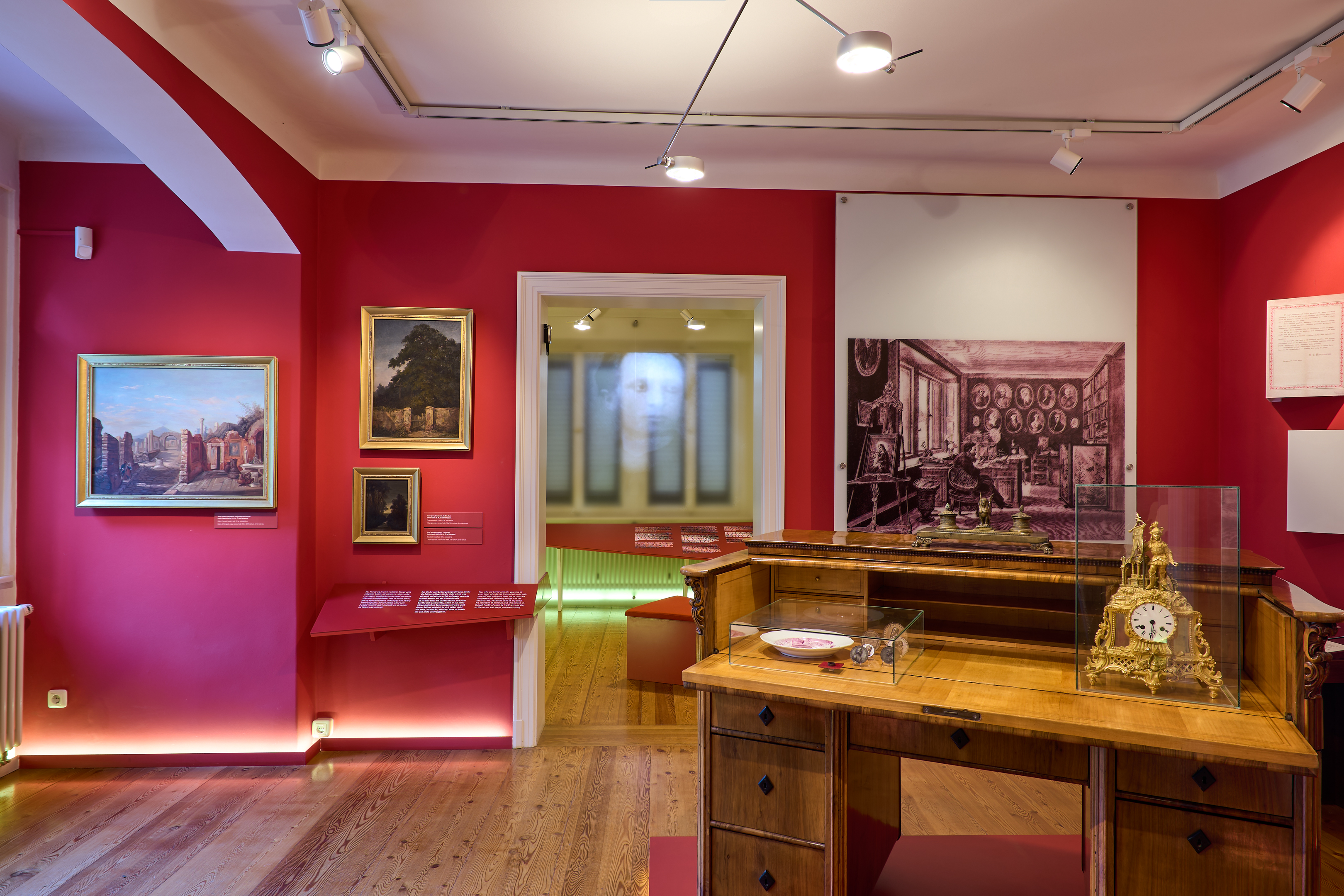House of Saxon-Polish Relations
The Kraszewski Museum is regarded as the first binational museum in Germany. Founded in 1960 as a joint project between the Dresden City Museum and the Adam Mickiewicz Literature Museum in Warsaw, the museum continues to focus on the cultural and historical links between Saxony and Poland and international understanding. The Kraszewski Museum is a place of intensive dialogue between Germans and Poles. In addition to the permanent exhibition on the life and work of the Polish writer, the museum regularly presents special exhibitions on the culture and history of Poland and Germany. To this end, the museum works together with cultural institutions and actors from both countries and the events programme regularly includes cultural offerings from neighbouring Poland.
The late classicist building in the Swiss country house style was built around 1855 in what was then the Prussian quarter directly on the Priessnitz. The Polish writer Józef Ignacy Kraszewski lived and worked here from 1873 to 1879. Today, exhibitions and events tell the story of the writer's life and work, explore the history of neighbouring Poland and tell of the traditional Saxon-Polish ties that Kraszewski also developed in his works. The museum is also dedicated to education and research into the Polish emigration movement of the 18th and 19th centuries in Saxony and Dresden, as well as the twinning of Dresden and Wrocław.
The aim of the museum is to broaden and deepen knowledge about Polish art and culture past and present as well as Polish-Saxon relations. Numerous museum institutions in Poland and Germany are partners of the museum. A special feature of our institution is its bilingualism.

Dresden's significance for Saxon-Polish relations
The close ties resulting from the Saxon-Polish personal union under Augustus the Strong and Augustus III encouraged Polish emigrants in the 19th century to seek refuge here for short or long periods. There is hardly a name among the Polish elite of the time that did not come into contact with the Saxon capital.


Famous Poles in Dresden
It was here that the famous Polish composer Frédéric Chopin fell unhappily in love with Maria Wodzińska. Adam Mickiewicz, the Polish national poet, had the idea in Dresden to write the third part of »Dziady«, which is commonly known as the »Dresden requiem«. The most famous soprano of the 19th century, Marcella Sembrich-Kochańska, is associated with the Semperoper. Some of the Polish emigrants remained in the city until the end of their lives, such as the famous romantic Kazimierz Brodziński, who was buried in the old Catholic cemetery in the Friedrichstadt district in 1835.
It is difficult, if not impossible, to list all the Polish personalities associated with Dresden. However, it is worth emphasising the influx of many emigrants from Poland to the city, which culminated in three waves: 1830/31, 1848 and 1863. Józef Ignacy Kraszewski lived here the longest and wrote from here in journalistic and fictional texts about his homeland to comfort the hearts of his compatriots and to deepen Saxon-Polish relations.

























